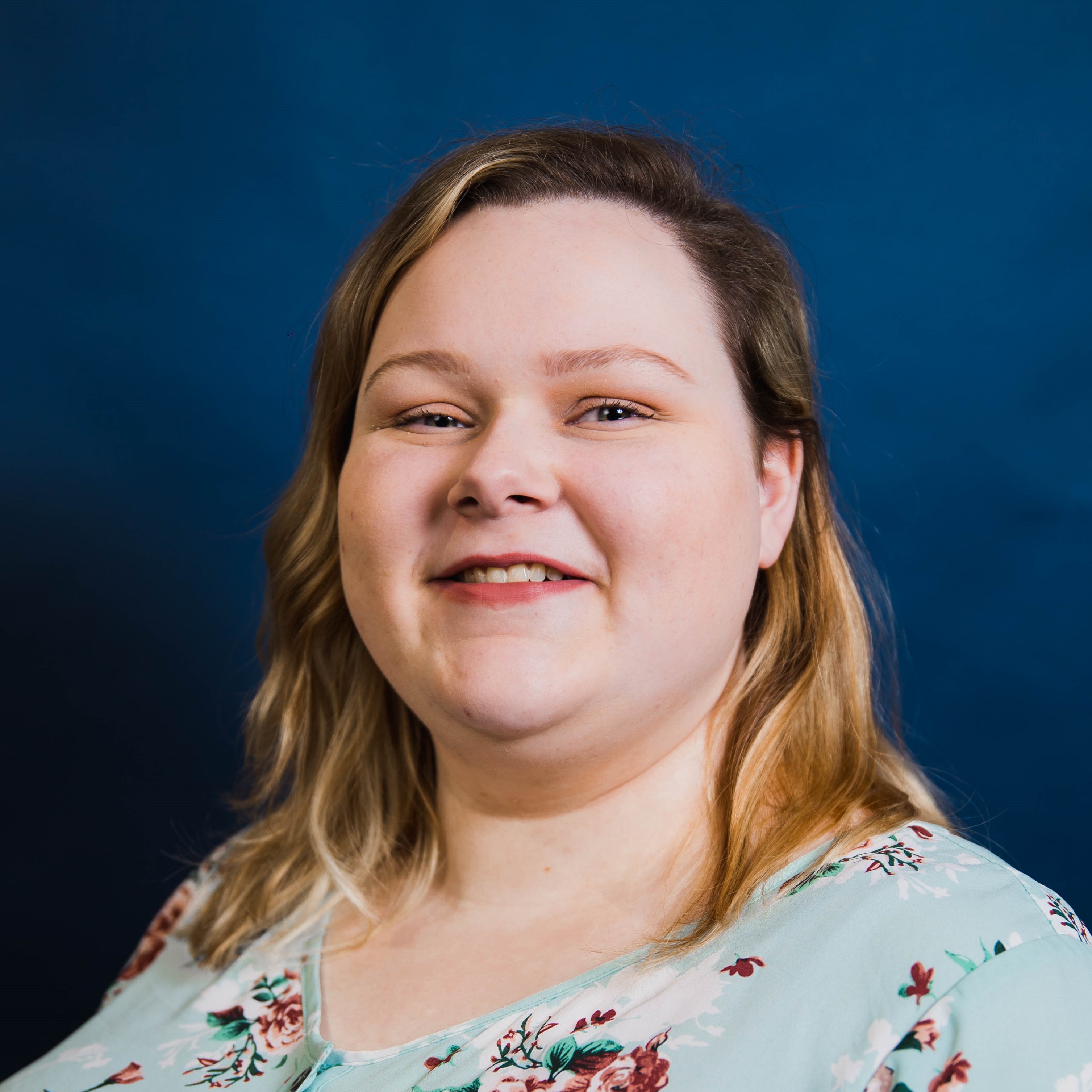People generally think final expense insurance is for retirement-aged individuals and that it usually covers their end-of-life expenses. They also believe it equates to small face values and simpler underwriting. Not so fast…
While this may hold true for a significant portion of clients looking for this kind of protection, it’s not the whole story.
What Is Final Expense Insurance?
Final expense insurance, often called “burial insurance,” provides more sales opportunities than many agents realize.
What if we told you that you can find carriers offering products that span issue ages from 18 to 90 and provide up to $100K face value of insurance with simplified underwriting or without a medical exam? It’s true. Did you know you can even add riders, such as chronic illness or terminal illness, to final expense policies?
First and foremost, we want to clarify that final expense insurance is a whole life insurance policy. As long as the policyholder pays their premiums, their final expense rates will be level and the policy will remain in force for the life of the insured. In addition, these policies offer cash value that builds over the life of the policy.
Overall, there are three main types of final expense: guaranteed issue, graded or modified, and traditional. Let’s look at each of these categories in more detail to understand who buys final expense insurance and sales opportunities you may not have known existed.
Overall, there are three main types of final expense: guaranteed issue, graded or modified, and traditional.
Guaranteed Issue Final Expense Sales Opportunities
By and large, applications for guaranteed issue final expense policies are rather straightforward with no health-related questions. Carriers that provide these products will often limit issue ages, offer reduced face values, and modify the death benefits by offering return of premium plus an interest rate for the first two to three years of the policy.
Many guaranteed issue final expense policies do not come with additional riders. The premiums on these products are usually the highest that you will find. You’re guaranteed coverage — but at the highest rate.
Typically, guaranteed issue final expense policies are issued to clients with severe or multiple health issues that would prevent them from securing insurance at a standard or graded rating.
These health conditions may include (but aren’t limited to):
- Renal disease
- HIV/AIDS
- Organ transplant
- Active cancer treatment
- Illnesses that limit life expectancy
Many times, these prospects have difficulty with performing activities of daily living (ADLs) or are in nursing home care. In addition, clients for this type of policy could have severe legal or criminal histories.
With guaranteed issue final expense policies, you’re guaranteed coverage — but at the highest rate.
It’s important to note that different carriers offer a range of issue ages on their guaranteed issue policies — as low as 40 years old or as high as age 80 for guaranteed issue policies. Some will also offer higher face values, up to $40,000, and others will allow for better death benefit conditions by improving the interest rate with the return of premium or lessening the number of years until a full death benefit is available.
There are even carriers that will offer built-in riders, such as chronic illness and accidental death riders. If you have a client that requires a guaranteed issue final expense policy, ensure you find the right fit for your client by comparing the features, benefits and rates of each policy available.
Graded or Modified Final Expense Sales Opportunities
No two graded or modified final expense policies are the same. Some carriers will offer policies that have issue ages as low as 20 years old and up to 89 years old with face values as high as $50K.
Graded final expense policies usually have a two-year waiting period before the carrier pays the entire death benefit to a beneficiary. Some carriers don’t pay out a full death benefit on the graded policy until the fourth year. If non-accidental death occurs before two years, the policy will only pay a percentage of the death benefit. For example:
- If death happens in year one, only 30 percent of the death benefit might be paid.
- If non-accidental death occurs in year two, 70 percent of the death benefit might be paid.
- Death in year three or later would pay 100 percent of the death benefit.
Modified final expense policies, similar to graded policies, look at health conditions that would place your client in a more restrictive modified policy.
These may include alcoholism, angina, stroke, aneurysm, or cancer. With modified policies, benefits usually have a two-year waiting period before the carrier pays the entire death benefit to a beneficiary. If non-accidental death occurs before two years, the policy will only pay a return of premiums plus a percentage of the death benefit.
For example:
- If death (non-accidental) happens in year one, the premiums paid will be returned, plus 10 percent of the death benefit might be paid.
- If non-accidental death occurs in year two, the premiums paid will be returned plus 20 percent of the death benefit might be paid.
- Death in year three or later would pay 100 percent of the death benefit.
Graded or modified policies aren’t only for older clients. Generally, you’ll find that clients who qualify for graded or modified final expense policies usually have less-than-perfect health and a specific health issue that is recent or chronic in nature and would prevent them from getting a standard or more traditional whole life policy.
For instance, they may have chronic obstructive pulmonary disease (COPD), diabetes with high levels of insulin, or have had heart attacks in the past. Some products have specific health issues that will get preferential treatment from the carrier.
For example, there are carriers that will issue policies to younger adults in their 20s or 30s who could have chronic conditions like diabetes.
Generally, you’ll find that clients who qualify for graded or modified final expense policies usually have less-than-perfect health and a specific health issue that is recent or chronic in nature and would prevent them from getting a standard or more traditional whole life policy.
Traditional Final Expense Sales Opportunities
Normally, traditional final expense policies have the most affordable premiums and the largest variety of riders that clients can add to policies. This type of product usually brings the most flexibility in the form of issue age and face value, and in some rare cases, participating dividends.
While typical final expense carriers have limits on age, there are carriers that view their traditional whole life products as not only for use as final expense, but insurance policies available for all types of age groups, including juvenile, young adults, and clients looking for protection and investment opportunities.
Traditional whole life insurance products can go to $100K in a simplified format and can start at age 0, so these products can be versatile to meet a client’s needs.
Unlike guaranteed issue, graded, or modified final expense policies, traditional final expense policies are typically for clients who are in good or excellent health. Depending on the insurance carrier, both a preferred rate class and standard rate class may be offered.
A client in excellent health with no current prescription medications or health conditions may qualify for a preferred rate class with the lowest premiums possible. A client in good health — even with a few maintenance medications, but no significant health issues — may qualify for standard rates.
Additionally, since these types of policies can be written outside of a true final expense need, an illustration may be required to accompany an application.
Note: In a “participating policy” (also known as a “par” policy) the insurance company shares the excess profits (divisible surplus) with the policyholder in the form of annual dividends. Typically, these “refunds” are not taxable because they’re considered an overcharge of premium (or “reduction of basis”).
Final expense covers more than just end-of-life expenses and funeral costs. The added protection from this ancillary product could benefit many of your clients! Introducing this product to your clients doesn’t have to be intimidating and can be naturally introduced through conversations.
Ready to reach your goals and connect with new clients? Join Ritter and see the difference. Ritter Insurance Marketing is a national final expense FMO that offers a diverse lineup of more than 25 final expense carriers. We have experienced staff that can assist with product recommendations, quotes, illustrations, and pre-case setup to ensure a successful in-force case.







Not affiliated with or endorsed by Medicare or any government agency.
Share Post